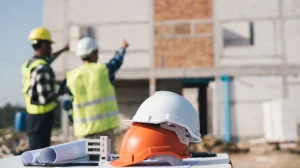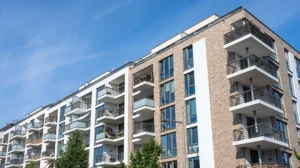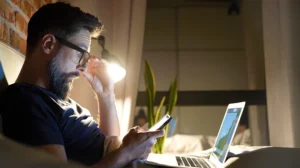As a result of the notion of working from home (WFH) some people are predicting an end for commercial office space across Australia’s cities.
Currently, there are many commercial properties sitting vacant across Sydney due to COVID-19 and an increase in people working from home. The Financial Review held that “the vacancy rate in Sydney has been inching upwards for several quarters before jumping from 5.8 per cent to 7.5 per cent”. Saranga Ranasighe, the vice president at Moody’s Investors Service said “we expect vacancy levels in the capital cities to increase as coronavirus-related disruptions weaken economic activity”, demonstrating the common ambiguity amongst Australian office marketplaces. If this trend continues, this will be a real concern for property owners and investors of commercial properties around our cities and regional centres.
It may not be a complete ground 0 situation for the commercial property sector, but it may change and evolve. Re-leased chief executive Tom Wallace emphasised how the changes that COVID-19 has produced has “accelerated trends that were going to play out over the next two to ten years”. These changes include a widely flexible workplace, reliance upon technology and increased industrial demands. This may be an opportunity for regional areas that have many vacant, main street shop fronts as companies are seeming to adopt a Hub and Spoke model. This model involves a smaller head office footprint in a CBD centre and various satellite offices in regional centres to allow their staff to come back to the office on a part time basis without the need to commute, and without all the concerns over COVID-19. The world as we know it has drastically changed as a result of the unprecedented COVID-19 pandemic, whereby Robert Harley held that “in the longer term, the crisis will change property”
In order to assist the property industry to combat these trends, the government needs to have a serious look at the legal framework and provide incentives for people who wish to retain their commercial office footprint. This can involve reconsidering the recent changes to the Foreign Investment Review Board approval in relation to commercial leases, tax incentives and relaxed approval processes to allow for the construction of commercial office footprints in regional centres. Along with this, it is vital for corporate tenants to have the willingness to “expand their office footprints” for commercial properties to survive.
The uncertainty of COVID-19 has created a changing face for commercial properties. With high vacancy rates due to the notion of working from home, the commercial leasing landscape has come to a fall in the short-term, however it hasn’t completed faded. If you are having any trouble dealing with the ramifications of COVID-19 as a lessor or lessee, please don’t hesitate to contact a member of Coleman Greig’s Commercial Property Team, who would be more than happy to assist you.














